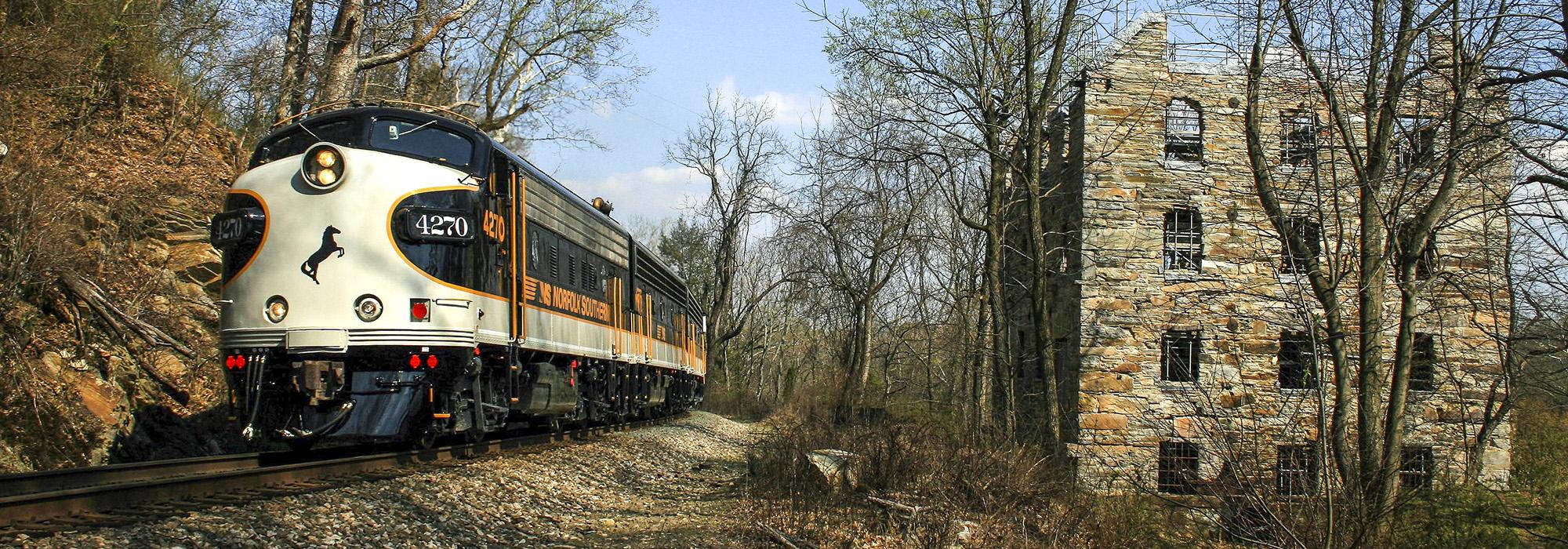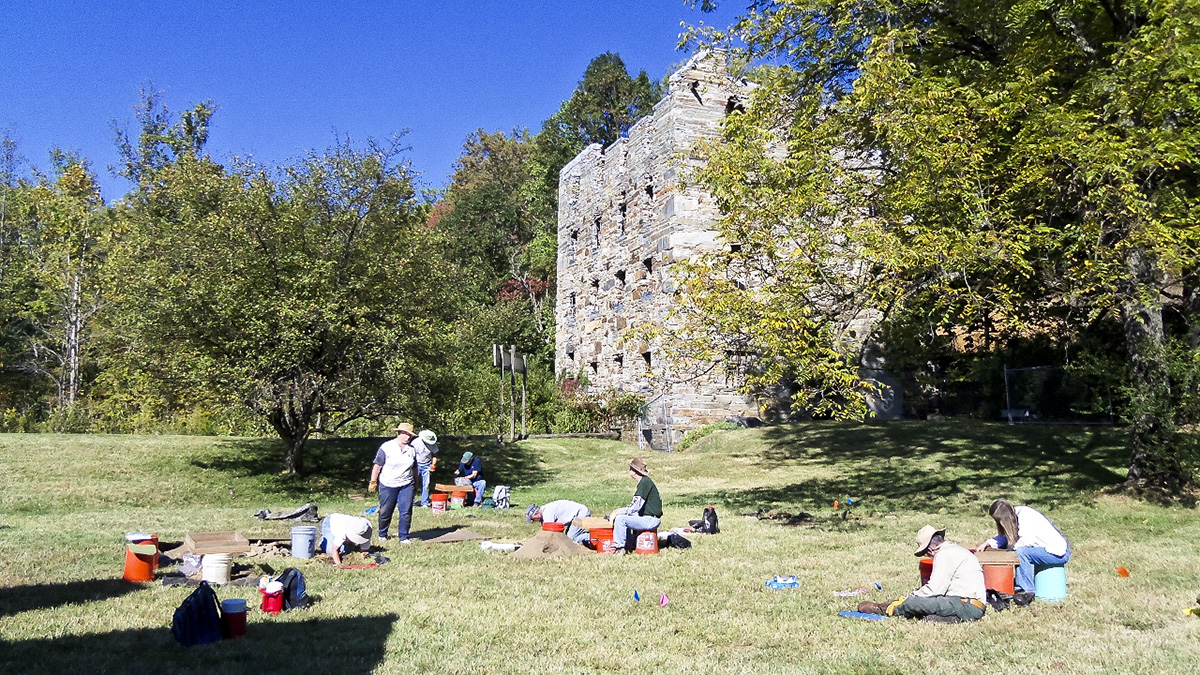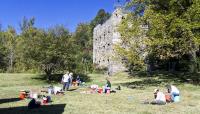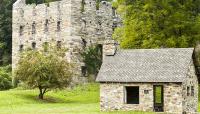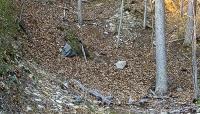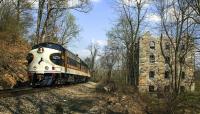Situated on rolling land amidst rural farms and woodlots on the border of Fauquier and Prince William Counties, this five-and-one-half-story mill is one of the tallest stacked stone buildings in the United States. Originally built in 1742 by Jonathan Chapman and his son Nathaniel, the mill was constructed using locally sourced quartzite stone and is situated in Thoroughfare Gap, a natural pass through the Bull Run Mountains that has been in continuous use as a means of accessing the Shenandoah Valley from prehistoric times to the present. The gristmill was built on the banks of Broad Run, which served as its primary power source for nearly 200 years. By the early nineteenth century, the mill was a primary provider of ground corn and wheat to Northern Virginia, but during the Civil War it was occupied by Confederate troops, who burned it as they left. It was then rebuilt by the Beverley family and once again served as a hub of agricultural industry, continuing to produce corn meal, flour, and plaster until the mid-twentieth century. Archaeological evidence recovered from the site indicates that several domestic and industrial structures existed near the mill during its many years of prosperity. In 1998, the mill was gutted by fire, leaving it a ruin. Today, through the efforts of Bull Run Preserve, the stabilized mill walls and the Mill Store still stand as a reminder of the history of milling in Northern Virginia.
